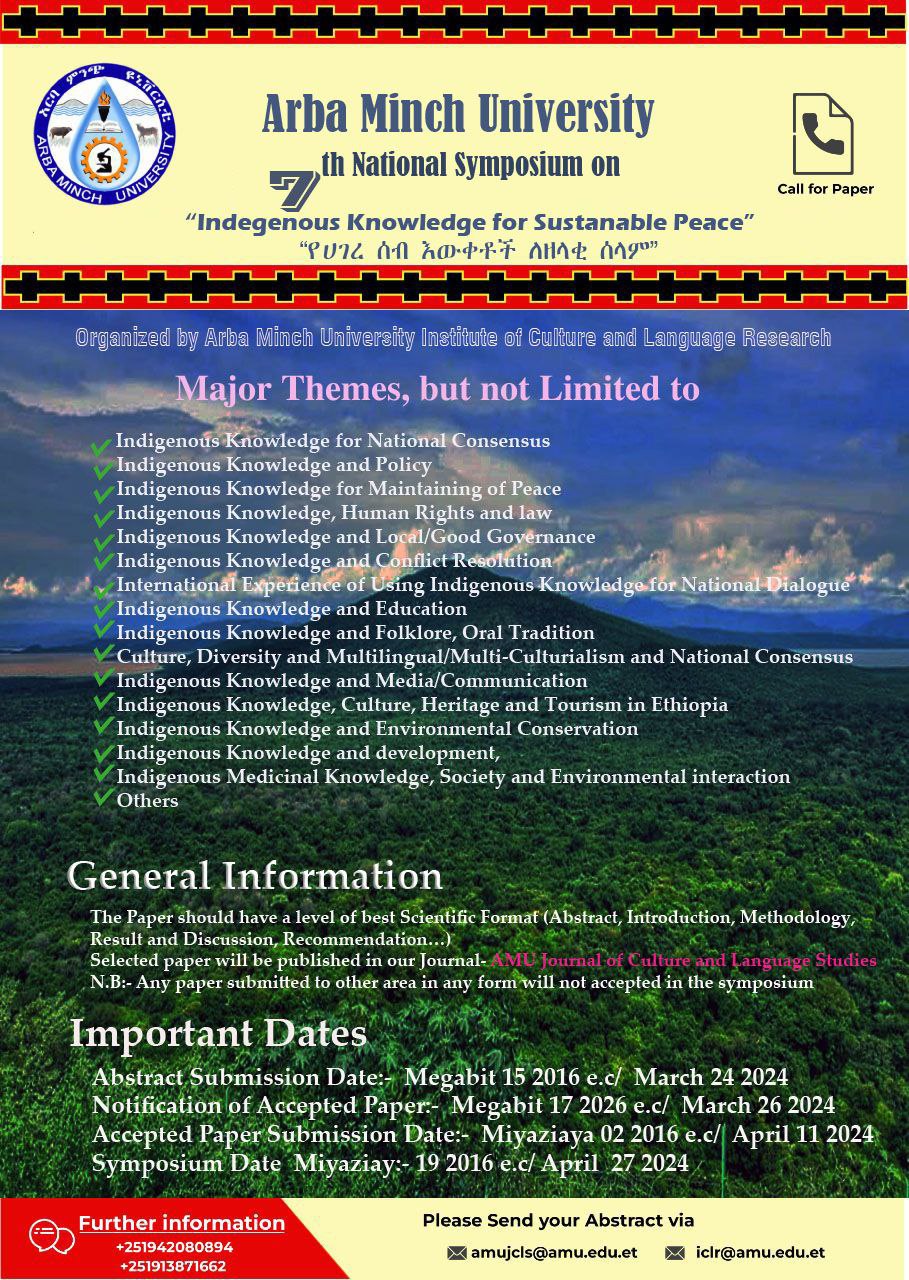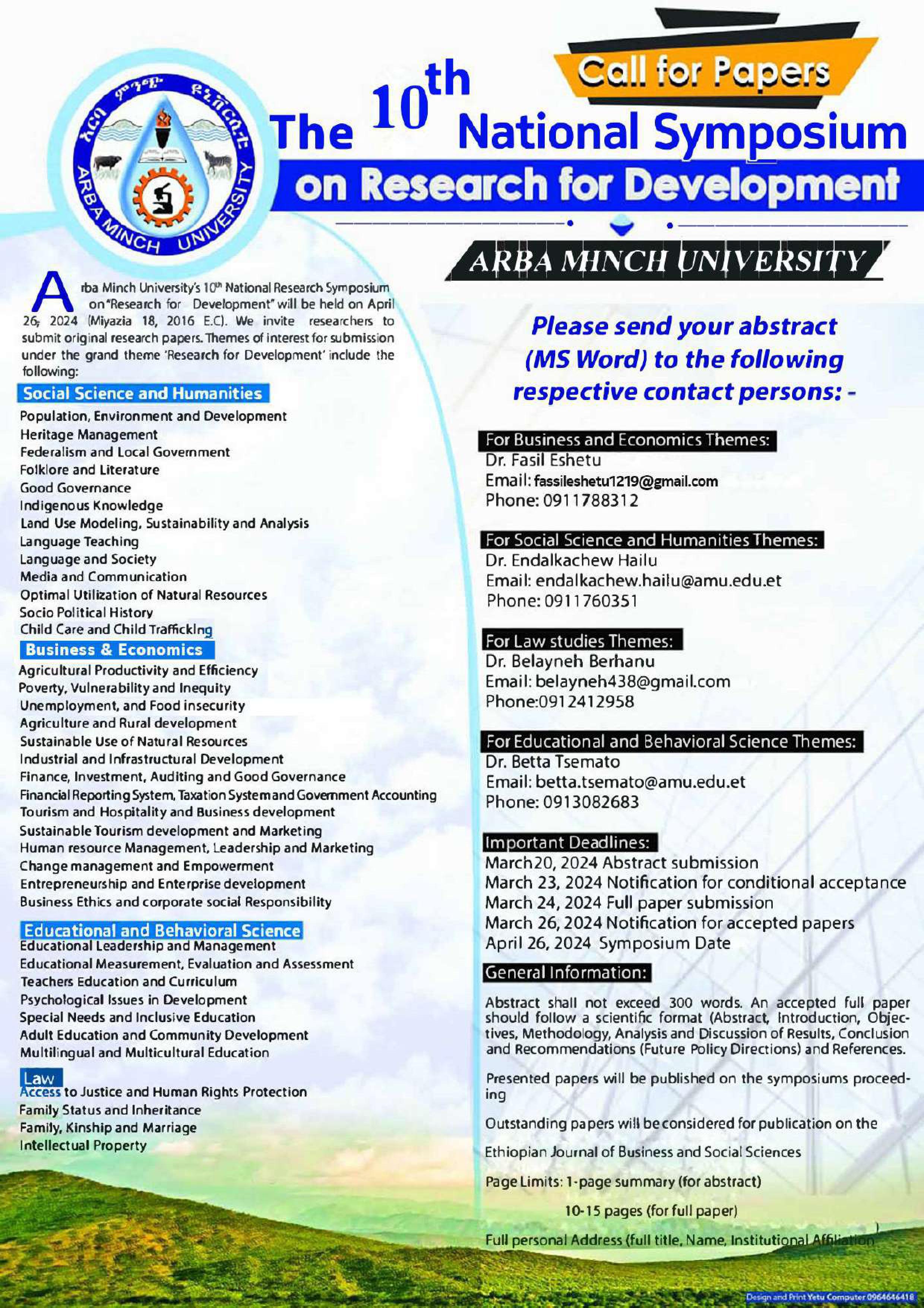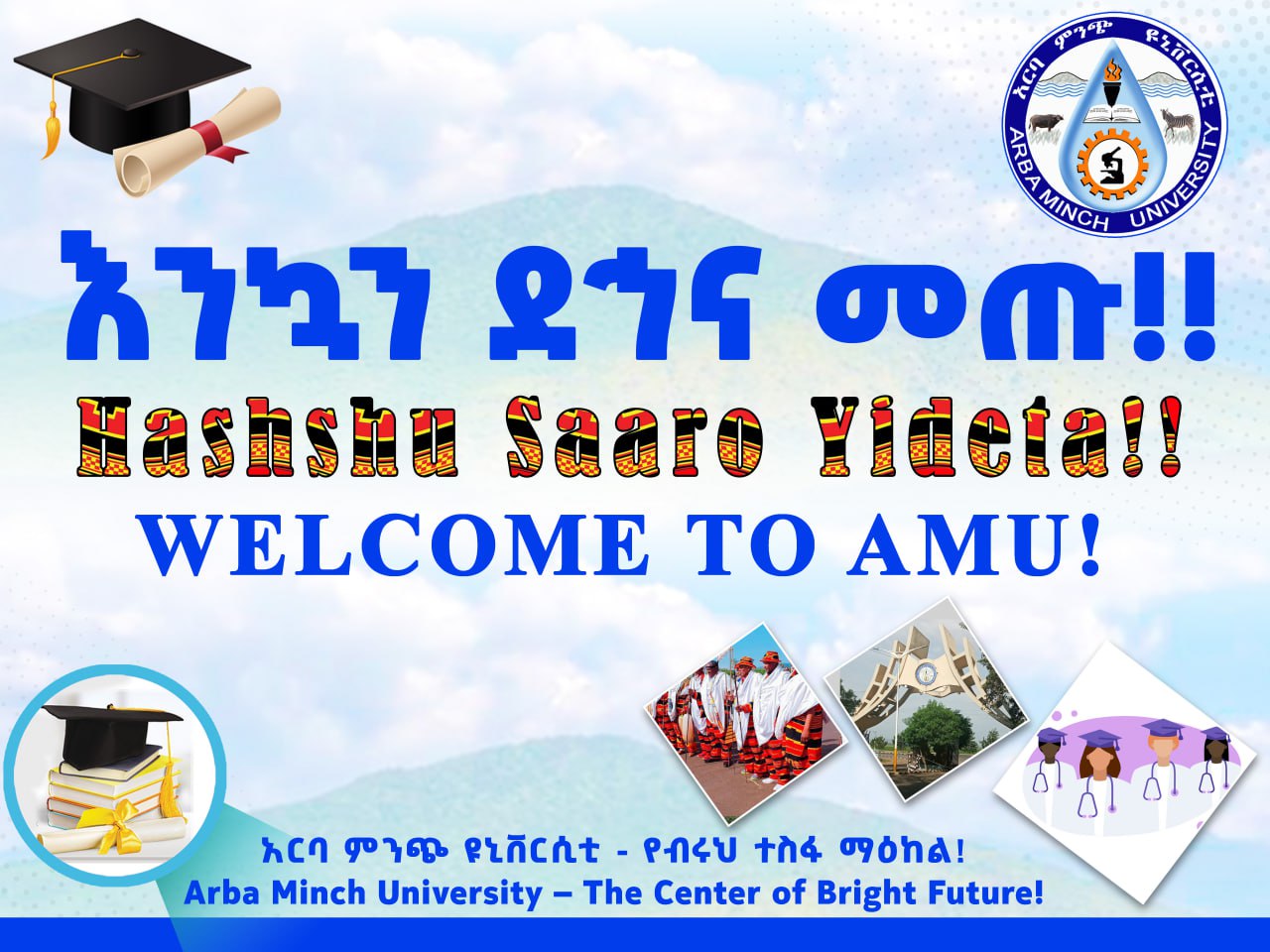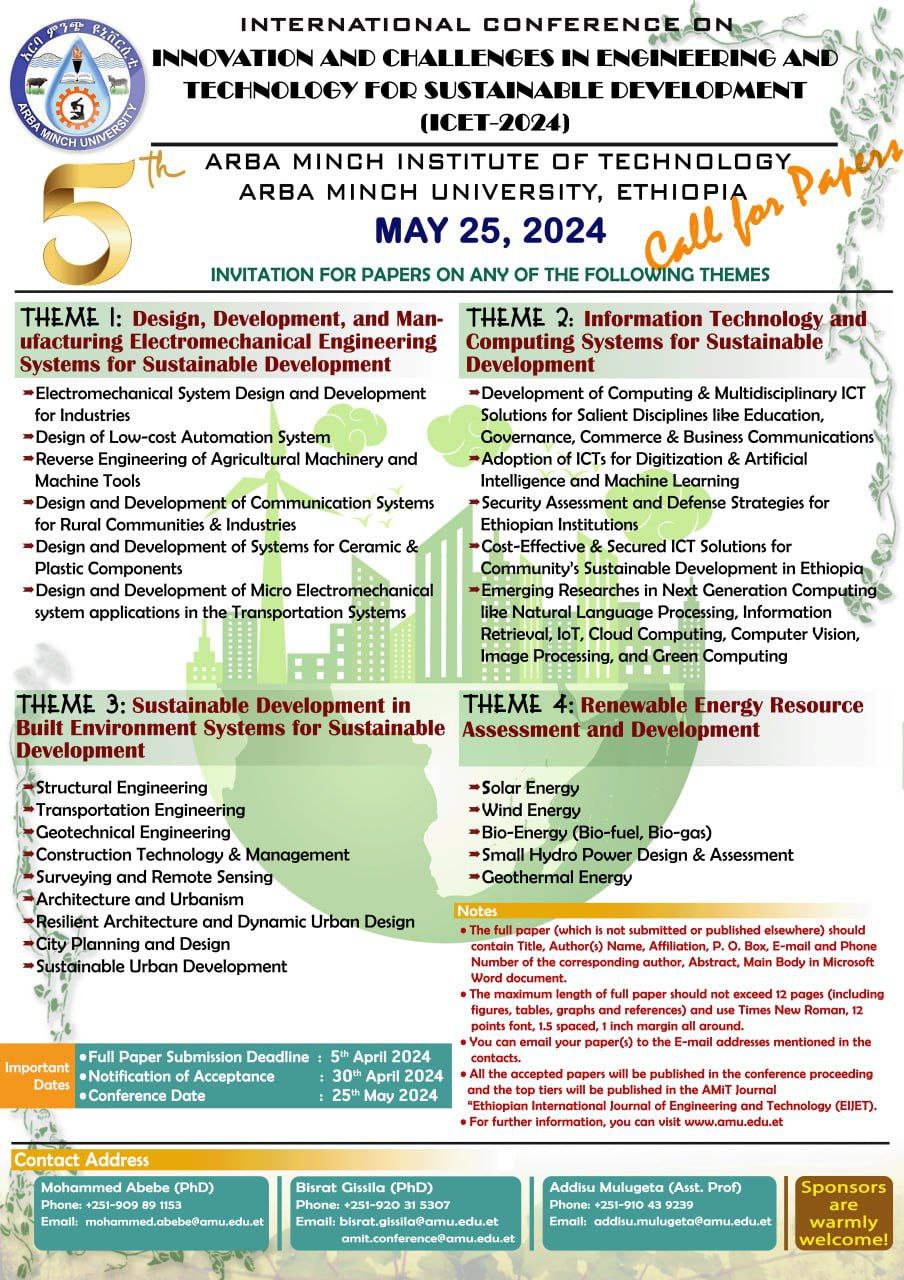AMU’s Livestock and Fishery Research Centre stationed at Kulfo Campus came into being with an objective to breathe life into dormant dairy, fishery, poultry and livestock sectors has task cut out for it. Nestled in verdant Southern Ethiopia, it’s blessed with rich flora and fauna that can possibly translate its ambition into reality; with required infrastructure, apt technology and human capital, it can run full throttle.
Unraveling prevailing scenario, LFRC Director, Mr Chencha Chebo, said, we are working on thematic areas like animal food & nutrition, dairy & beef production, livestock improvement, fishery & aquaculture development and value-chain of livestock products. And with 6 researchers and 8 laboratory technicians, the centre is fully engaged in 14 projects of which, 3 each are on animal feeds and animal health while remaining predominantly focus on dairy farming.
Furthermore, he adds research on animal feed is being conducted in Gamo and Gofa Zones; similarly, we are also involved in increasing productivity of animal products and improved forage having high nutrition that will boost milk production. LFRC has a dairy farm at Kulfo Campus, dairy and animal forage farm in Chencha and soon it will install artificial ponds for fishery and aquaculture to revive fish production.
And to increase milk production, he said, adding that at central farm, cattle are nourished with formulated ration including hay. And to have better breeds, Centre is in cross-breeding via artificial insemination, so that indigenous breeds’ daily average milk production which is 3 to 5 liters will go up compared to Boran breed that yields 11 to 15 liters every day, he added.
Apart from milk, LFRC will also venture in production of butter, cheese, curd, etc. and egg production by establishing poultry farms as it has brought exotic chickens from Debre Zeit hatchery; spent hens will be sold for meat in the market. Dispelling wrong notion about nutritional content, Mr Chencha said, both indigenous and exotic species contain same amount of nutrition.
He said, meat production is our next target for which we are conducting research on feeding and fattening process so that we can identify which breed is more productive and feasible for community in terms of rearing and getting economic benefit from them. Actually, we say, bull weighing 500 kilograms in good health and of tender age termed to be appropriate for consumption and commercially viable.
He revealed LFRC’s sub-research station at Mirab Abaya on 100-hectare sprawling land will be converted into a ranch for low-land goats and research will be conducted on animals; Bonke woreda will have forage farm, improved sheep breeds and cross-breeding research, etc. will be carried out.
Moreover, the Centre is operating under infrastructural limitations; due to lack of its own office space, it has to use a solitary room for entire employees; it needs more full-time researchers and administrative staff, vehicles and laboratory for milk analysis, diagnosis of animal diseases and nutritional composition.
LFRC is mandated to train and advice farmers on livestock and other agricultural practices for which it is collaborating with College of Agricultural Sciences. And to strengthen national network, it might tie up with Agricultural Research Institute, International Livestock Research Institute (ILRI) and Ethiopian Agricultural Research Organization, he averred.
This incipient research institution has paltry annual budget of ETB 10.5 Million, which expects to expand its research themes, establish satellite centres, set up dairy, sheep and goat farms in Chencha, Bonke and Mirab Abaya. Especially, fishery and aquaculture need fresh lease of life for which fresh research has to be conducted and if all goes well, it may also enter into the alluring business of apiary, he summed up.
(Corporate Communication Directorate)

